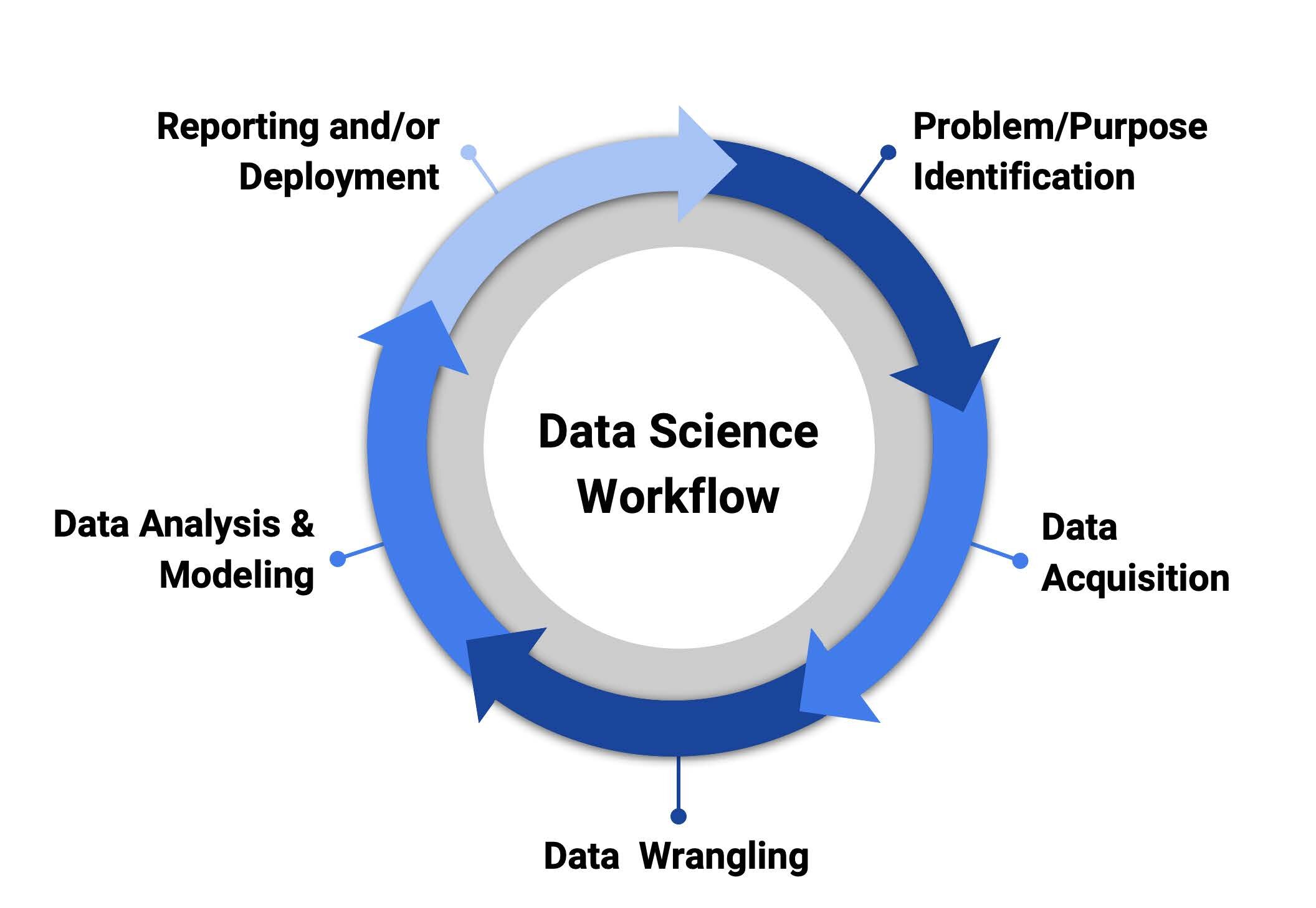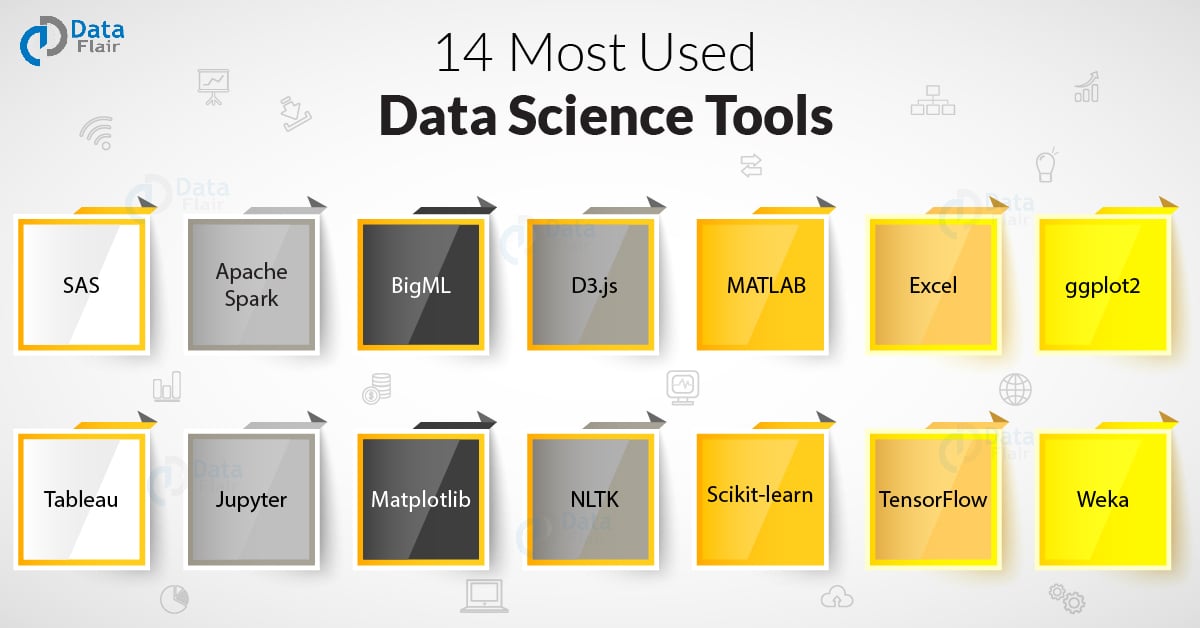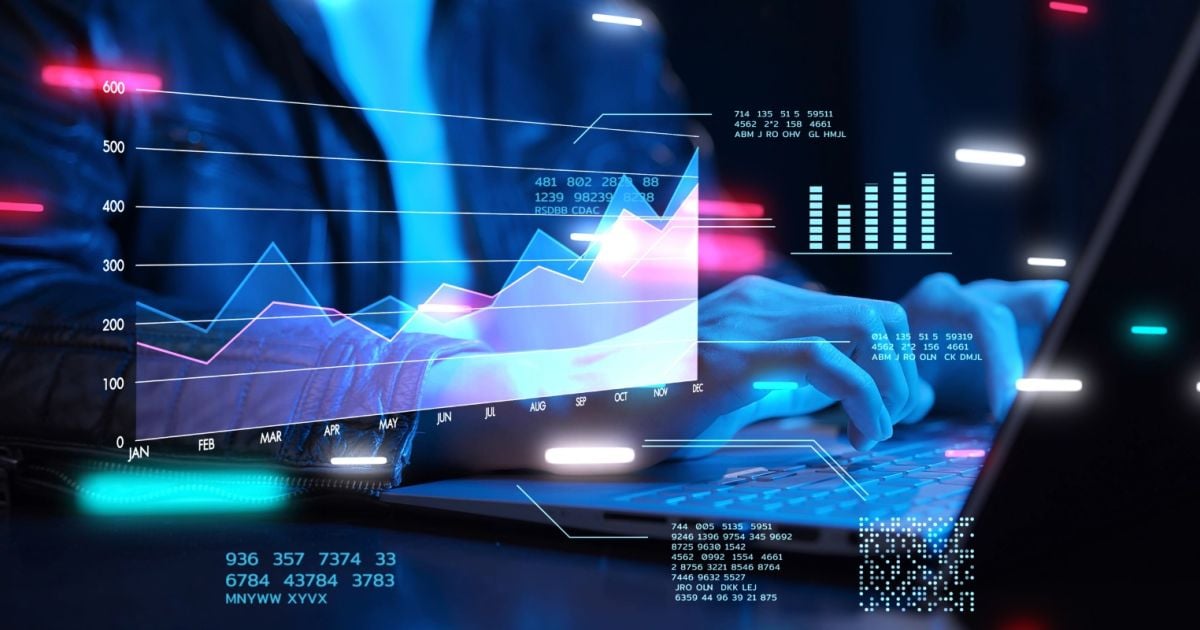
Data Science Essentials: Unlocking the Power of Python and R
Data science has become an indispensable part of various industries, from finance and healthcare to marketing and technology. As data scientists and analysts navigate through vast amounts of data to extract meaningful insights, the choice of programming languages and libraries plays a crucial role in the efficiency and effectiveness of their work.
What is Data Science Programming?
Data science encompasses a broad range of tasks, including data collection, cleaning, analysis, visualization, and machine learning. To handle these tasks, data scientists rely on programming languages that offer flexibility, ease of use, and a rich ecosystem of libraries and tools. Python and R are the most widely used languages due to their extensive support for data manipulation, statistical analysis, and machine learning.
Python for Data Science
Python is renowned for its simplicity and readability, making it a favorite among data scientists. Its versatility and comprehensive standard library, combined with a vast array of third-party packages, make it an ideal choice for data science.
Essential Python Libraries
- NumPy: The cornerstone of numerical computing in Python, offering support for large, multi-dimensional arrays and matrices.
- Pandas: Built on NumPy, it introduces data structures like DataFrames, which are similar to tables in a relational database and make data manipulation tasks straightforward.
- Matplotlib and Seaborn: Leading libraries for creating static, animated, and interactive visualizations.
- Scikit-Learn: A robust library for machine learning in Python, offering a range of algorithms for classification, regression, clustering, and dimensionality reduction.
- TensorFlow and PyTorch: Leading libraries for deep learning.
R for Data Science
R is a programming language that has become synonymous with data analysis and statistical computing. It is highly extensible and has a large community of users who contribute packages to CRAN (Comprehensive R Archive Network).
Essential R Libraries
- ggplot2: A data visualization package for R, based on the grammar of graphics.
- dplyr: A package for data manipulation that provides a set of functions to solve the most common data manipulation challenges.
- tidyr: Designed to help you tidy your data.
- caret: A package for building and evaluating machine learning models.
Data Science Workflow
Understanding the workflow of a data science project helps in selecting the right tools and libraries. The typical workflow includes:
- Data Collection
- Data Cleaning
- Exploratory Data Analysis (EDA)
- Feature Engineering
- Model Building
- Model Evaluation
- Deployment
Integration and Version Control
- Git: A version control system that tracks changes in source code during software development.
- Docker: A platform for developing, shipping, and running applications inside containers.
 Data Science Workflow
Data Science Workflow
By leveraging the power of essential libraries and tools, data scientists can efficiently perform their tasks and derive meaningful insights from data.
 Data Science Tools
Data Science Tools
“Data science is a multidisciplinary field that combines elements of computer science, statistics, and domain-specific knowledge to extract insights from data.” - Source
 Data Science
Data Science















